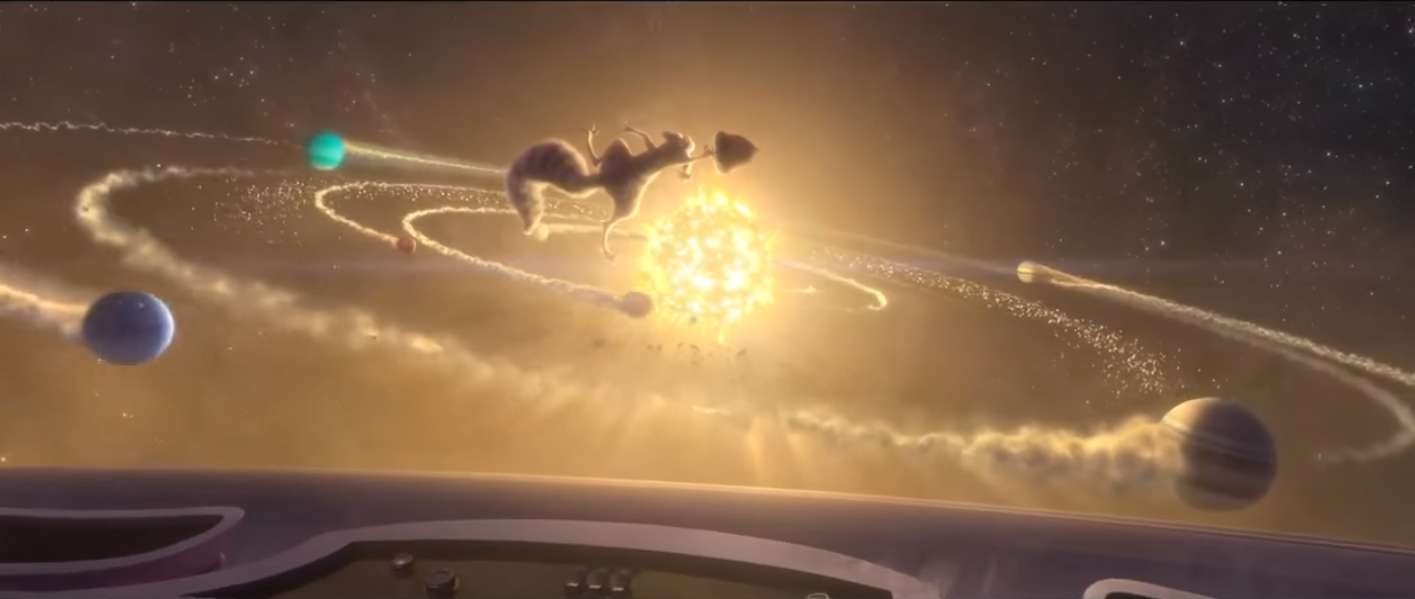
Recent paleoclimate studies have shown that when heat circulation in the North Atlantic Ocean slowed in the past, the climate changed in Northern Europe. This theory of rapid climate change is called the “conveyor belt theory,” and though many scientists do not yet agree with it, the paleoclimate record found in ocean sediment cores is beginning to support it. The currents would eventually stop moving warm water northward, leaving Northern Europe cold and dry within a single decade. If the water in the north does not sink, the water at the equator will not move north to replace it. Fresh water freezes at a higher temperature than salty water, so the cooling surface water would freeze before it could become dense enough to sink toward the bottom. Many scientists believe that if too much fresh water enters the ocean, for example, from melting Arctic glaciers and sea ice, the water will be diluted. The key to keeping the belt moving is the saltiness of the water, which increases the water’s density and causes it to sink. This pattern helps keep Northern Europe far warmer than other locations at the same latitude. (Graph by Robert Simmon, based on data provided by Alley 2004.) The last cool period ( stadial), immediately before the current interglacial, began and ended suddenly, and was likely caused by changes in the deep ocean circulation. Occurring over one or two decades, the warming of the Earth at the end of the last ice age happened much faster than the rate of change of the Earth’s orbit.

Rapid changes between ice ages and warm periods (called interglacials) are recorded in the Greenland ice sheet. More warm water from the equator flows north to replace the sinking water, setting up a global oceanic “conveyor belt.”

The cold, salty water sinks to the bottom of the ocean before it can freeze, where it is pulled southward toward the equator. The salty Atlantic water becomes very dense as it gets cold.

As the warm surface water reaches the cold air in the north, it cools. Because of the arrangement of the continents, warm water is carried far into the North Atlantic, moderating the climate in Northern Europe. Today, warm water from the equator is carried towards the poles on ocean surface currents. Global Conveyor BeltĪnother possible trigger for rapid climate change is ocean circulation. Because ice cores also revealed that carbon dioxide levels are much higher today than at any time recorded in the past 750,000 years, pinning down the cause-and-effect relationship between carbon dioxide and climate change continues to be a focal point of modern climate research. Though scientists aren’t sure why carbon dioxide levels changed, almost all believe that the shift contributed to altering the climate. When scientists tried to build climate models, they could not get the models to simulate past climate change unless they also added changes in carbon dioxide levels. In the past, when the climate warmed, the change was accompanied by an increase in greenhouse gases, particularly carbon dioxide. Ice cores record past greenhouse gas levels. First, greenhouse gases probably influenced past climates. Scientists are now exploring a few possibilities.

Understanding the Past to Predict the Future.Something else made temperatures change very quickly, but what? Although the overall timing of the ice ages was clearly tied to variations in the Earth’s orbit, other factors must have contributed to climate change as well. A closer look at marine sediments confirmed this finding. But the ice cores showed that while it took nearly 10,000 years for the Earth to totally emerge from the last ice age and warm to today’s balmy climate, one-third to one-half of the warming-about 15 degrees Fahrenheit-occurred in about 10 years, at least in Greenland. Because Milankovitch’s theory tied climate change to the slow and regular variations in Earth’s orbit, the scientific community expected that climate change would also be slow and gradual. But they also found something that required additional explanation: some climate change appeared to have occurred very rapidly. When scientists started to analyze the paleoclimate evidence in the Greenland and Antarctic ice cores, they found that the record also supported Milankovitch’s theory of when ice ages should occur. At the time of publication, it represented the best available science.Įxplaining Rapid Climate Change: Tales from the Ice This page contains archived content and is no longer being updated.


 0 kommentar(er)
0 kommentar(er)
